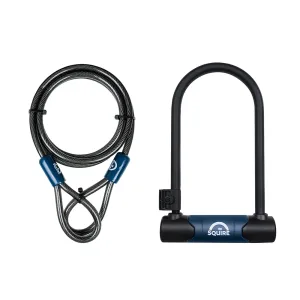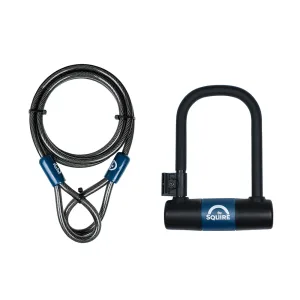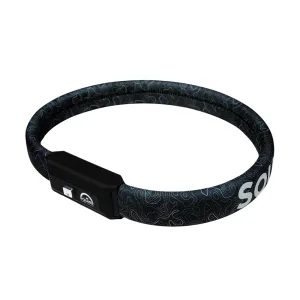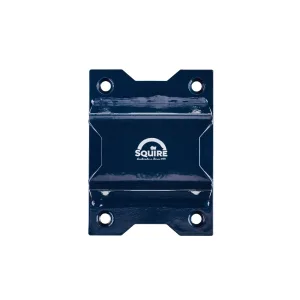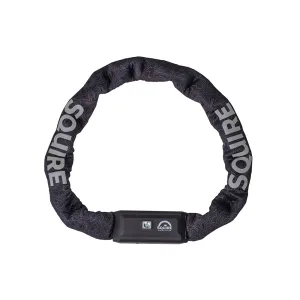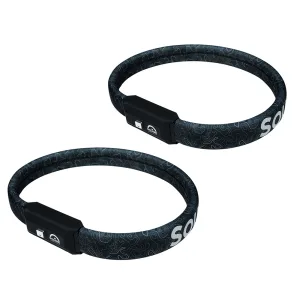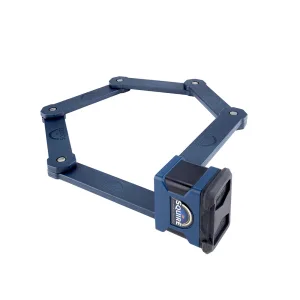Locks
Bike locks play a crucial role in safeguarding bikes from theft and unauthorized use. As cycling continues to grow in popularity as a sustainable and healthy mode of transportation, the importance of protecting these valuable assets has become more significant than ever. Bike locks are designed to deter potential thieves and provide cyclists with peace of mind, allowing them to leave their bikes unattended without the constant worry of theft.
Time To Ride has partnered with the best, Squire Locks, and all Squire Locks on Time To Ride are Sold Secure Approved. Sold Secure are the UK’s premier independent testing and certification house.
Key Types of Bike Locks:
U-Locks: U-locks, also known as D-locks, are widely recognized for their robust construction and durability. These locks consist of a solid metal shackle in the shape of a U, which attaches to a crossbar. They are favoured for their resistance to cutting and leverage attacks.
Chain Locks: Chain locks feature a flexible chain made of hardened steel links that can be wrapped around various objects. They offer versatility and are effective against cutting attempts. The larger size of chain locks allows users to secure their bikes to a wider range of structures.
Cable Locks: Cable locks consist of a cable made of braided steel or synthetic materials. While they are more lightweight and flexible, they are generally less secure than U-locks or chain locks. Cable locks are suitable for low-risk environments and as supplementary locks.
Folding Locks: Folding locks are portable and space-efficient locks that unfold to create a rigid, interconnected structure. They offer a compromise between the security of U-locks and the convenience of cable locks.
Combination Locks: These locks use a numerical code to secure the bike, eliminating the need for a physical key. Combination locks provide ease of use but may be less secure against advanced picking techniques.
Choosing the Right Bike Lock:
When selecting a bike lock, several factors should be considered:
Security Level: Opt for locks with high security ratings and resistance to cutting, picking, and leverage attacks.
Lock Type: Select a lock type that aligns with your usage patterns and the level of security required.
Lock Size: Ensure the lock is long enough to secure both the frame and at least one wheel to a fixed object.
Material: Look for locks made from hardened steel for superior strength and durability.
Portability: Consider the weight and size of the lock for easy transportation when cycling.
Proper Locking Techniques: Using your bike lock effectively is just as important as choosing the right one. Employ these tips for optimal security:
Lock both the frame and at least one wheel to a secure object.
Position the lock off the ground to prevent leverage attacks.
Ensure the lock is tightly secured, leaving minimal space for potential thieves to insert tools.
Bike locks are a vital tool in the fight against bicycle theft, providing cyclists with the confidence to explore, commute, and enjoy their rides while minimizing the risk of losing their cherished bikes. By making informed decisions about lock types, security features, and proper usage, cyclists can significantly enhance the protection of their bikes in various environments.

